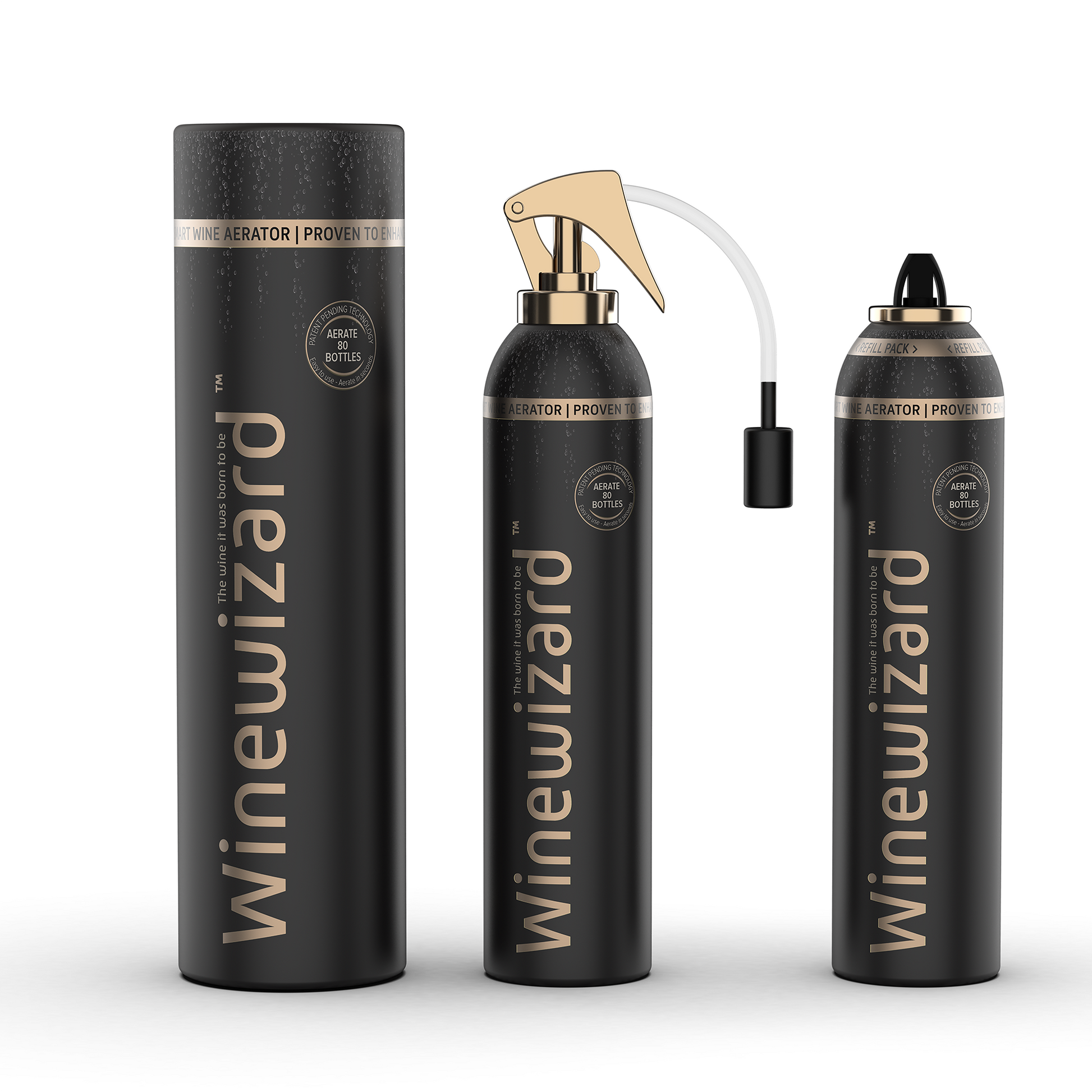Have you ever wondered what are the ingredients in wine. You've probably see that they add sulfites (sulphites) but what else can they add.
Well, wine producers can legally add the following ingredients to wine. The crazy thing is that apart from sulfites they don't have to tell you.
Are you a vegan but still love to drink wine. Ever thought that how could you possibly go wrong with a drop of wine. think again it could have egg whites/ albumen and milk proteins in it.
If that is not bad enough wine can also include ingredient made from cow bones. Gelatin or gelatine (from Latin: gelatus 'stiff' or 'frozen') is a translucent, colorless, flavorless food and wine ingredient, commonly derived from collagen taken from animal body parts and is a legal ingredient that can be added to wine without telling the consumer!
Gelatin can be added to wine as a fining agent, which helps to clarify the wine and remove impurities such as excess tannins, proteins, and other particles that can make the wine cloudy or hazy. When added to wine, the gelatin binds to these impurities and causes them to drop out of the liquid, making the wine appear clearer and more polished.
Fining agents like gelatin are often used in the winemaking process to improve the wine's appearance, aroma, and taste. Because it's animal-based, it is not vegan friendly.
It's worth noting that not all wines are fined, and some winemakers choose to use alternative fining agents such as bentonite (clay) or silica gel, which are vegan-friendly. Additionally, some winemakers choose to not fine their wines at all, leaving them unfiltered and in a more natural state.
Here is a list of the top 50 plus ingredients they can add to wine legally without telling you:
- Sulfur dioxide (used as a preservative)
- Yeast
- Bentonite (a clay used to clarify wine)
- Calcium carbonate (used to adjust acidity)
- Pectinase (used to break down pectin in fruit)
- Malic acid (used to adjust acidity)
- Tartaric acid (used to adjust acidity)
- Lactic acid (used to adjust acidity)
- Tannin (used to add structure and complexity)
- Oak chips or staves (used to add flavor and tannin)
- Enzymes (used to aid fermentation)
- Yeast nutrients (used to promote yeast growth)
- Potassium metabisulfite (used as a preservative and to prevent spoilage)
- Potassium sorbate (used as a preservative)
- Chitosan (used to clarify wine)
- Gelatin (used to clarify wine)
- Isinglass (used to clarify wine)
- Albumin (used to clarify wine)
- Milk protein (used to clarify wine)
- Egg whites (used to clarify wine)
- Carbon dioxide (used to carbonate wine)
- Potassium bicarbonate (used to adjust acidity)
- Sodium bicarbonate (used to adjust acidity)
- Potassium hydroxide (used to adjust acidity)
- Sodium hydroxide (used to adjust acidity)
- Calcium chloride (used to stabilize wine)
- Potassium chloride (used to stabilize wine)
- Sodium chloride (used to stabilize wine)
- Copper sulfate (used to prevent spoilage)
- Zinc sulfate (used to prevent spoilage)
- Potassium alum (used to clarify wine)
- Ammonium carbonate (used to adjust acidity)
- Ammonium chloride (used to adjust acidity)
- Ammonium sulfite (used as a preservative)
- Ammonium bisulfite (used as a preservative)
- Ammonium hydroxide (used to adjust acidity)
- Magnesium carbonate (used to adjust acidity)
- Magnesium chloride (used to stabilize wine)
- Magnesium sulfate (used to stabilize wine)
- Sodium carbonate (used to adjust acidity)
- Sodium sulfite (used as a preservative)
- Sodium bisulfite (used as a preservative)
- Sodium metabisulfite (used as a preservative)
- Sodium hydroxymethanesulfinate (used as a preservative)
- Ethyl alcohol (used to fortify wine)
- Glycerol (used to sweeten wine)
- Sorbitol (used to sweeten wine)
- Sucrose (used to sweeten wine)
- Dextrose (used to sweeten wine)
- Fructose (used to sweeten wine)
- Glucose (used to sweeten wine)
- Invert sugar (used to sweeten wine)
- Maltodextrin (used to sweeten wine)
- Artificial sweeteners (used to sweeten wine)
- Artificial flavorings (used to enhance flavor)















